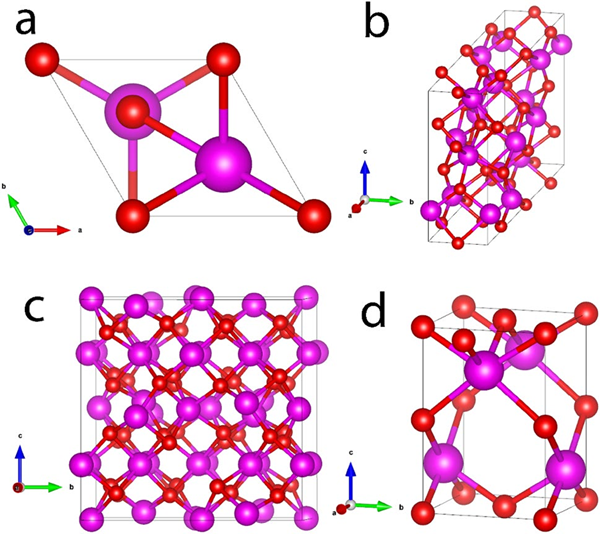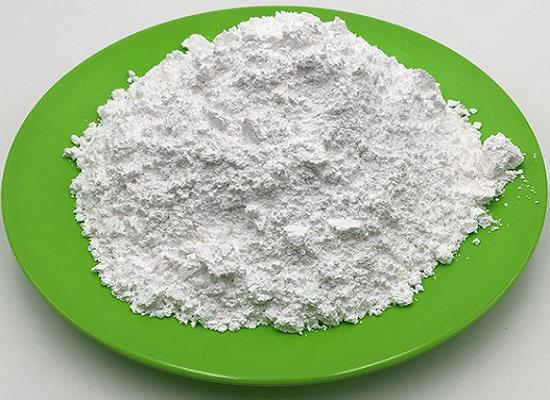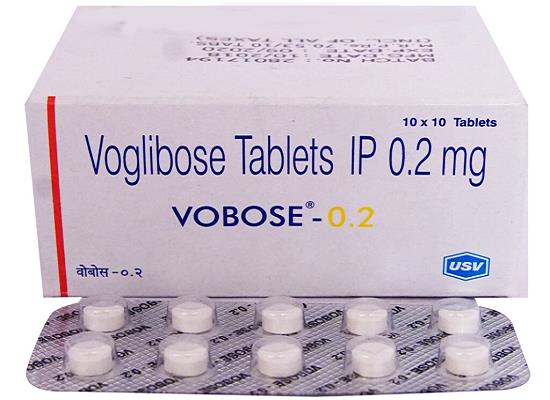Gadolinium oxide: properties and biomedical applications
General Description
Gadolinium oxide (Gd2O3) is a versatile material used in biomedical and imaging applications. It has excellent chemical and thermal stability, making it ideal for contrast agents in MRI. Gd2O3 nanoparticles exhibit high relaxivity and compatibility with biological systems. They can be coated with amino acids to exert antimicrobial effects against bacteria and fungi while being non-toxic to human cells. Moreover, doping Gd2O3 with lanthanide ions enhances its optical properties, making it suitable for fluorescence labeling. Overall, the unique properties of gadolinium oxide make it valuable in technology and biomedicine.
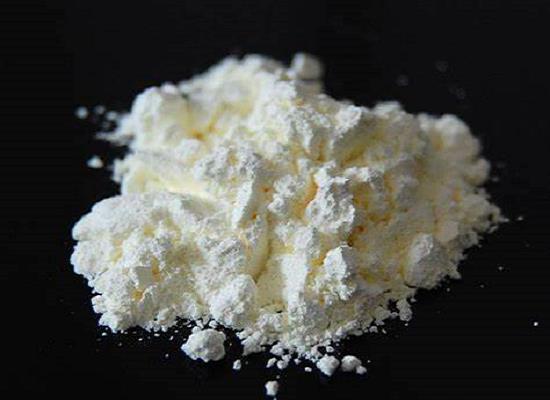
Figure 1. Gadolinium oxide
Properties
Gadolinium oxide is a rare-earth oxide with properties that make it highly suitable for various applications. It is widely used as a host lattice for developing sensors and luminescent materials. One of its notable features is its excellent chemical and thermal stability, allowing it to withstand harsh conditions. Gadolinium oxide is particularly promising for the development of contrast agents in magnetic resonance and fluorescence imaging. This is because the trivalent state of gadolinium induces a highly stable 4f shell with seven unpaired spins, resulting in strong paramagnetism. Additionally, Gd2O3 possesses intrinsic optical properties that enable sharp wavelength absorptions and photostability, making it ideal for imaging purposes. The optical properties of Gd2O3 can be further enhanced by doping the matrix with other lanthanide ions. This allows for the production of photoluminescent materials with high Stokes shifts, sharp emission spectra, long lifetimes, minimized photobleaching, and multiphoton absorption. The excitation and emission wavelengths can also be tuned according to specific requirements. Overall, the excellent chemical and thermal stability, combined with the unique optical and paramagnetic properties, make gadolinium oxide a excellent material for photoluminescence applications in various fields, including technology and biomedicine. 1
Biomedical applications
Imaging
Gadolinium oxide has shown promising applications in imaging. Bridot et al. synthesized hybrid nanoparticles by encapsulating Gd2O3 cores within a polysiloxane shell. These nanoparticles exhibited high proton relaxivities, making them excellent contrast agents for magnetic resonance imaging (MRI). Additionally, the particles could be tracked using fluorescence imaging. Importantly, they did not accumulate significantly in the lungs or liver of mice. Gd2O3 nanoplatelets doped with europium (Gd2O3:Eu) were developed. These nanoplatelets exhibited a strong red luminescence signal and could be used for labeling biological materials in fluorescence microscopy applications. A fast and efficient method for synthesizing ultrasmall PEGylated Gd2O3 nanoparticles was reported. These nanoparticles, which had high longitudinal relaxivities, were stable in water and enabled the visualization of labeled cells in vivo. In summary, gadolinium oxide nanoparticles have demonstrated their potential in various imaging applications, including MRI contrast agents, fluorescence labeling, and immunosensing. They offer high relaxivities, stability, and compatibility with biological systems. 2
Antimicrobial effects
A study synthesized spherical gadolinium oxide nanoparticles and coated them with L-ascorbic acid, demonstrating their non-toxicity in vitro. These nanoparticles exhibited potent antimicrobial effects against both gram-negative and gram-positive bacteria, including strains of E. coli, S. aureus, and S. Typhimurium. Additionally, Gd2O3 nanoparticles coated with L-lysine amino acid showed antimicrobial and antifungal effects on bacterial strains such as Escherichia coli and Staphylococcus aureus, as well as fungal strains like Candida albicans and Candida glabrata. The minimal inhibition concentrations (MIC) for bacterial strains were 8 µg mL−1, while for fungal strains, it was 16 µg/mL. Furthermore, cell viability assays demonstrated the non-toxicity of these nanoparticles on HaCaT cells. In summary, gadolinium oxide nanoparticles coated with L-ascorbic acid and L-lysine amino acid exhibited potent antimicrobial effects against a range of bacterial and fungal strains, while maintaining non-toxicity towards human cells. 3
Vaccines
Ortega-Berlanga synthesized carriers based on Gd2O3:Tb3+/Er3+ particles obtained by hydrothermal method, then doped with APTES to anchor a predict antigenic B-cell epitope from the E protein of Zika Virus (ZK2). Results showed a stable colloidal system with a high loading capacity (0.480 µg of ZK2 peptide/µg of microparticles). These microparticles were administered to mice subcutaneously, showing an enhanced humoral response compared with the control groups. In addition, IgG subclass analysis revealed a Th2-polarization. This study supports the use of Gd2O3 particles as microcarriers for immunization applications, representing a valuable tool for developing new nanovaccines based on the induction of humoral responses. 4
Reference
1. Jain A, Fournier PGJ, Mendoza-Lavaniegos V, et al. Functionalized rare earth-doped nanoparticles for breast cancer nanodiagnostic using fluorescence and CT imaging. J Nanobiotechnology, 2018, 16(1):26.
2. Bridot JL, Faure AC, Laurent S, et al. Hybrid gadolinium oxide nanoparticles: multimodal contrast agents for in vivo imaging. J Am Chem Soc, 2007, 129(16):5076-5084.
3. Aashima, Pandey SK, Singh S, Mehta SK. Biocompatible gadolinium oxide nanoparticles as efficient agent against pathogenic bacteria. J Colloid Interface Sci, 2018, 529:496-504.
4. Ortega B, Benita HA, Luisdel AO, Cesar A, Fernanda RM, Sergio PG. Optical and biological evaluation of upconverting Gd2O3:Tb3+/Er3+ particles as microcarriers of a Zika virus antigenic peptide. Chemical engineering journal, 2020, 385.
Related articles And Qustion
See also
Lastest Price from Gadolinium oxide manufacturers

US $40.00-3500.00/USD/KG2025-06-09
- CAS:
- 12064-62-9
- Min. Order:
- 1000USD/KG
- Purity:
- 99.5%
- Supply Ability:
- 20T per month
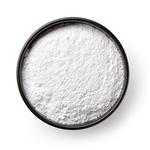
US $2.00/kg2025-04-21
- CAS:
- 12064-62-9
- Min. Order:
- 1kg
- Purity:
- 0.99
- Supply Ability:
- 10000

